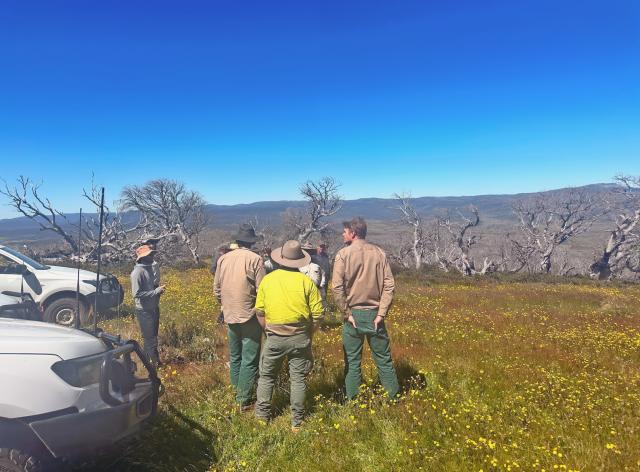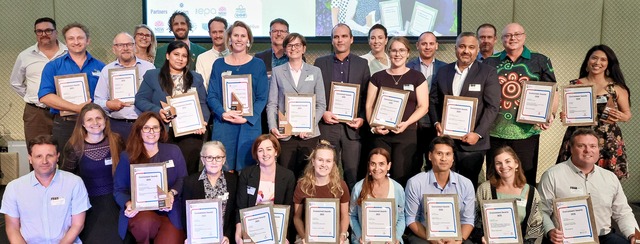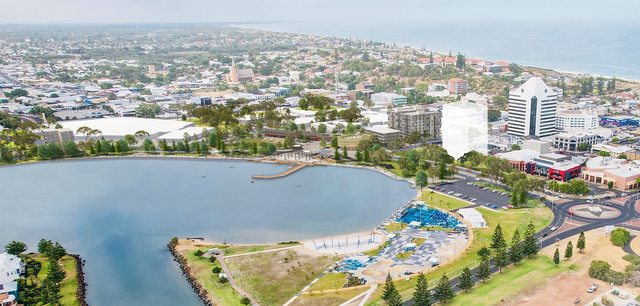A new sighting of the highly invasive State Priority Weed orange hawkweed was received, confirmed and treated in the same day by Snowy Monaro Regional Council’s biosecurity team in February, while the team was leading a training session for inter-governmental partners on the Council co-developed AI weed detection drone program.
Council’s biosecurity team received a report of a possible orange hawkweed sighting on the morning of Friday 2 February, while preparing to head out to deliver an on-site education and training session for members of the NSW National Parks and Wildlife Service and ACT Parks and Conservation Service.
As luck would have it, that day’s training session was being held in the same area as the reported sighting. Better still, the session was focusing on using our AI-powered weed detection drone to search for and detect orange hawkweed. Their drone and its cloud-based detection and identification system, powered by cutting-edge artificial intelligence, was developed by Snowy Monaro Regional Council and 2pi Software.
As a major partner in the NSW Orange Hawkweed Eradication Program, Council had an obligation to respond promptly to local suspected orange hawkweed detections. In developing this innovative cloud and AI based drone program, we are leading the way in using emerging technology to tackle one of the state’s biggest biosecurity threats.
The detection report that morning came in response to the Eradication Program’s ongoing efforts in Kosciuszko National Park, and the adjoining Snowy Plain area, to identify and eradicate outlier infestations of orange hawkweed.
Neil Murdoch was leading the training session on the day of the detection. A Council biosecurity officer and drone pilot with many years of experience, Neil led the development of the drone detection program for Council. As an innovator and expert in the field, he regularly leads training and education initiatives for landholders and government organisations working in biosecurity
“Receiving notification of the suspected hawkweed site on the morning of the training session was really quite convenient,” Brett Jones, Council’s Biosecurity Coordinator said.
“This chance timing meant that we could give the NSW and ACT Parks staff a firsthand look at what’s involved in drone surveillance, ground-truthing and treatment with a live hawkweed site.
“It was a great learning outcome, and an even better outcome for the biosecurity of our region. We had the site confirmed, treated and reported to the NSW Biosecurity Information System by that same afternoon.
“Thanks to Neil and our Council biosecurity team, the visiting Parks staff have gained really valuable and specialised hawkweed identification and drone operation skills. What they learned with us, and got to experience firsthand, will help them further develop their own remote surveillance programs.
“This helps all of us, as members of the NSW Orange Hawkweed Eradication Program, to protect farmers and keep our native environments safe from the threat of hawkweed.”
A collaboration between NSW National Parks and Wildlife Services, Snowy Monaro Regional Council, NSW Department of Primary Industries, and other stakeholders, the Eradication Program had detected numerous new sites this season. Program partners deploy a wide array of methods to tackle the growing threat posed by orange hawkweed, with drones, detector dogs, and on-ground surveillance all playing an important role.








